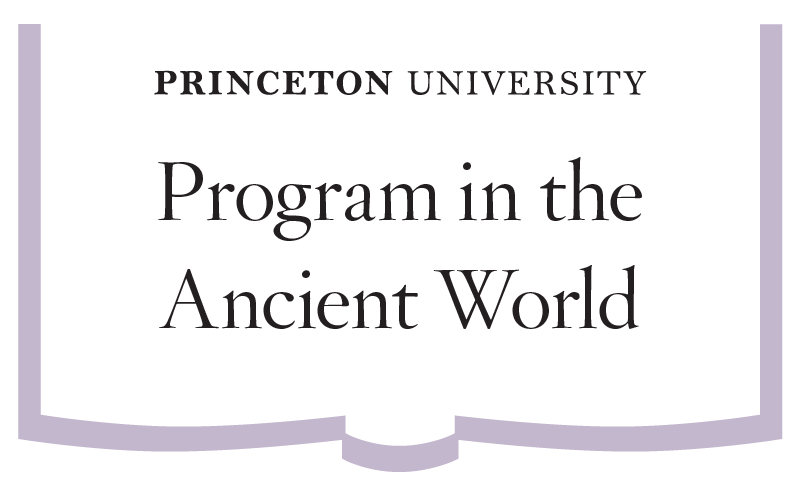
The Temple of Hera at Olympia and Rome
Catherine Keesling Georgetown University
October 11, 2019 · 12:00 pm—1:30 pm · 209 Scheide Caldwell House
Program in the Ancient World

The Archaic temple of Hera at Olympia, its cult, and the objects displayed within it were described at some length by Pausanias in the second century CE (Paus. 5.16–20). Modern scholarly inquiry has focused mainly on the possibility that its stone columns were replacements for wooden ones, and on the marble statue of Hermes and the infant Dionysos attributed by Pausanias to Praxiteles. This talk concerns the cult and games of Hera at Olympia and the large assemblage of divine statues inside the temple. Though it has long been understood that these statues were collected and put on display in the Hera temple at a late date (the first century BCE or the first half of the first century AC), it has not been noticed that this collection has much in common with contemporary collections of Greek statues in Rome, in particular the statues displayed in the Porticus Octaviae. I will argue here that the cult of Hera at Olympia is also late in date: rather than an age-old tradition, it can be interpreted as an example of the invention of tradition by a Greek community under Roman rule.
Catherine Keesling is Professor of Classics at Georgetown University. She is the author of The Votive Statues of the Athenian Acropolis and Early Greek Portraiture: Monuments and Histories, both published by Cambridge University Press. Her research concerns the epigraphical evidence for Greek sculpture and, most recently, the afterlives of Greek statues in the Roman period.












